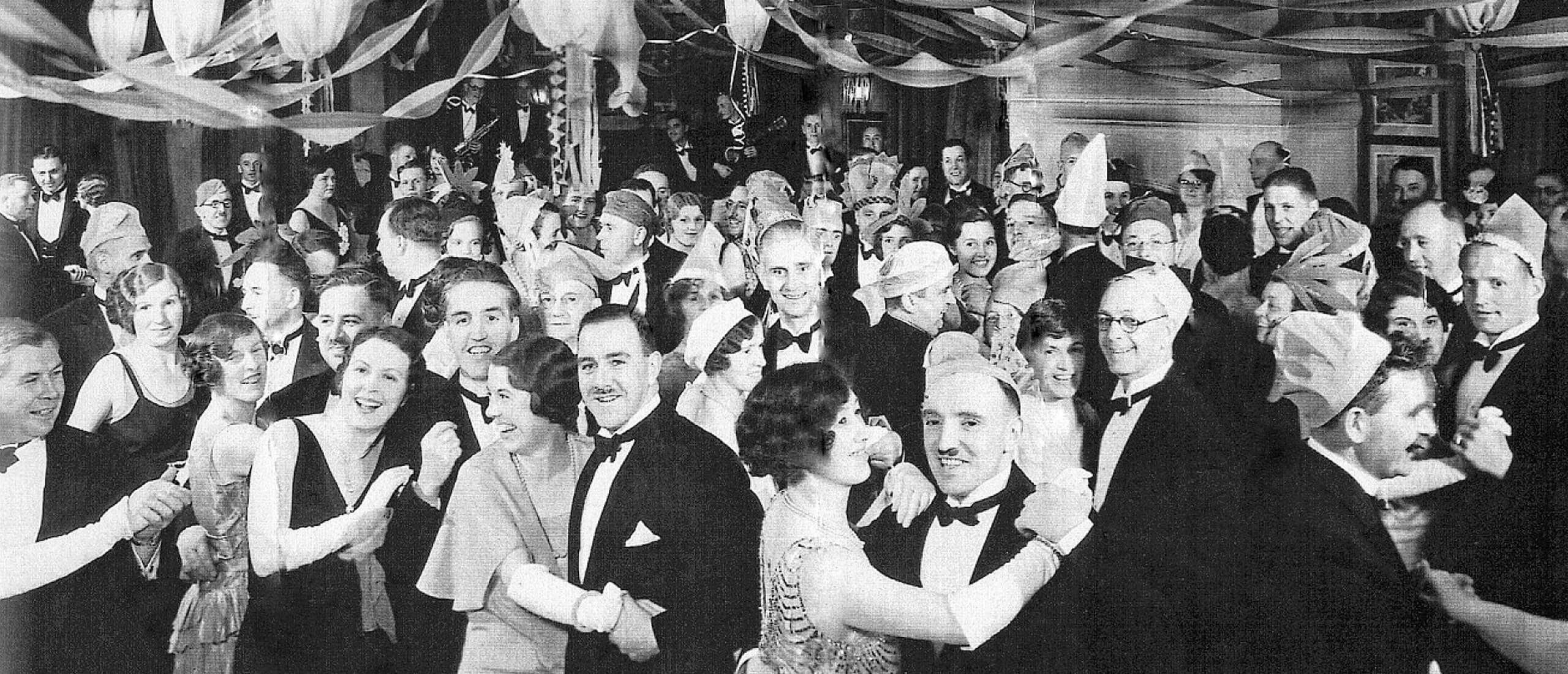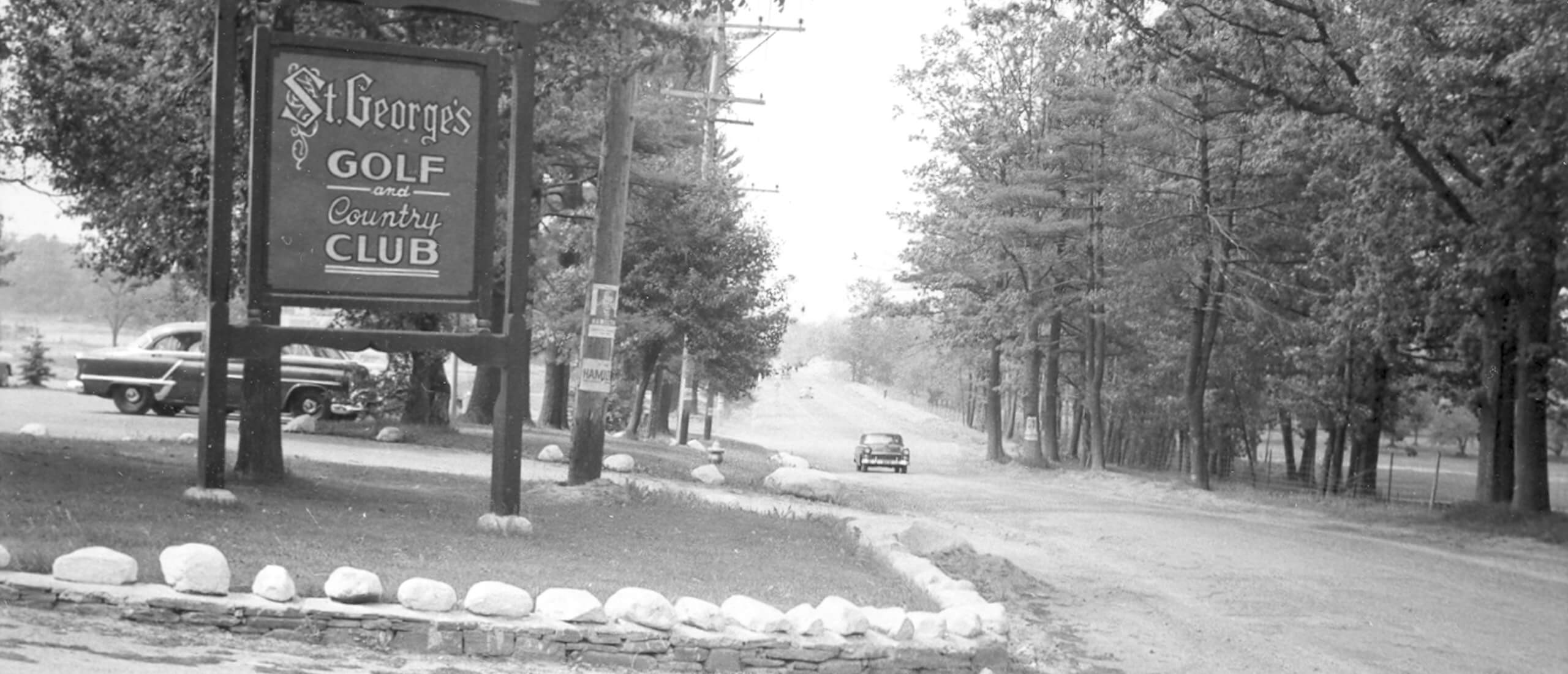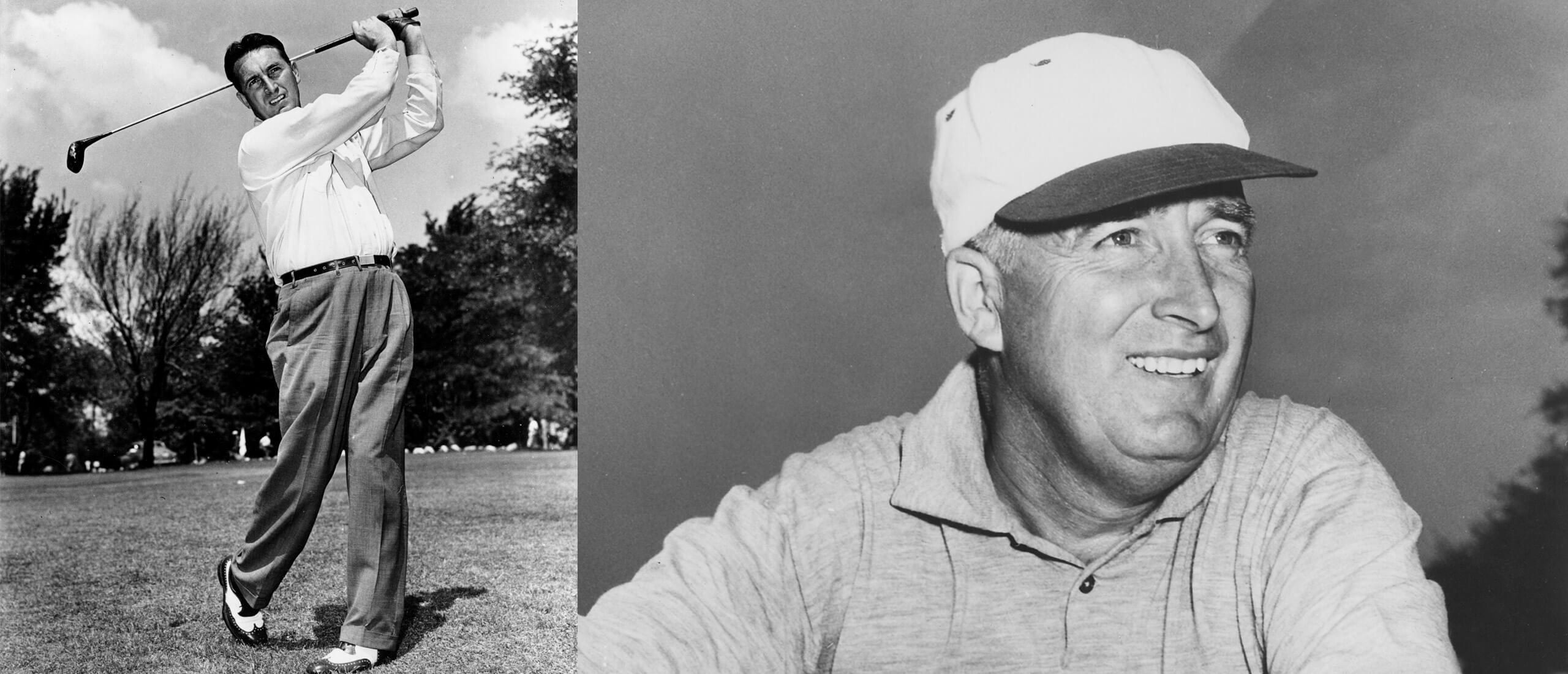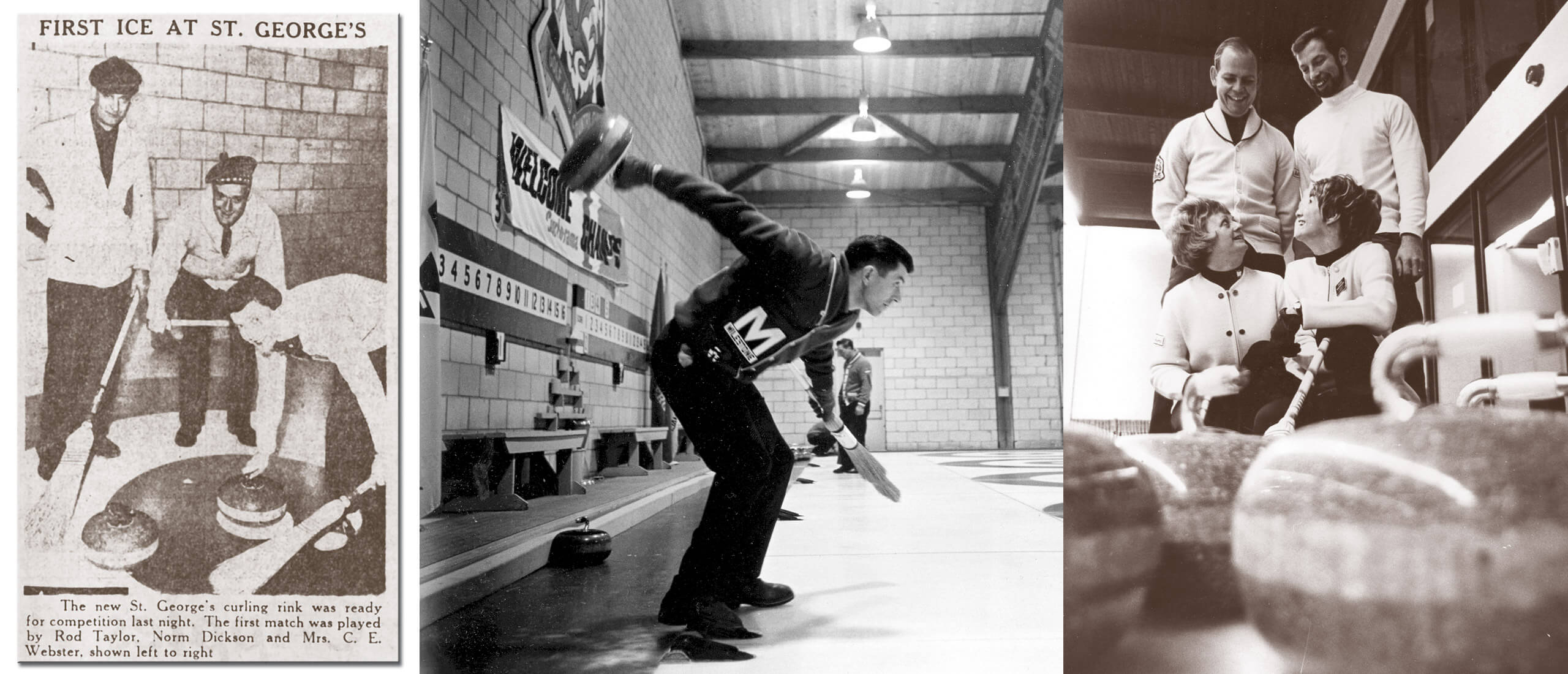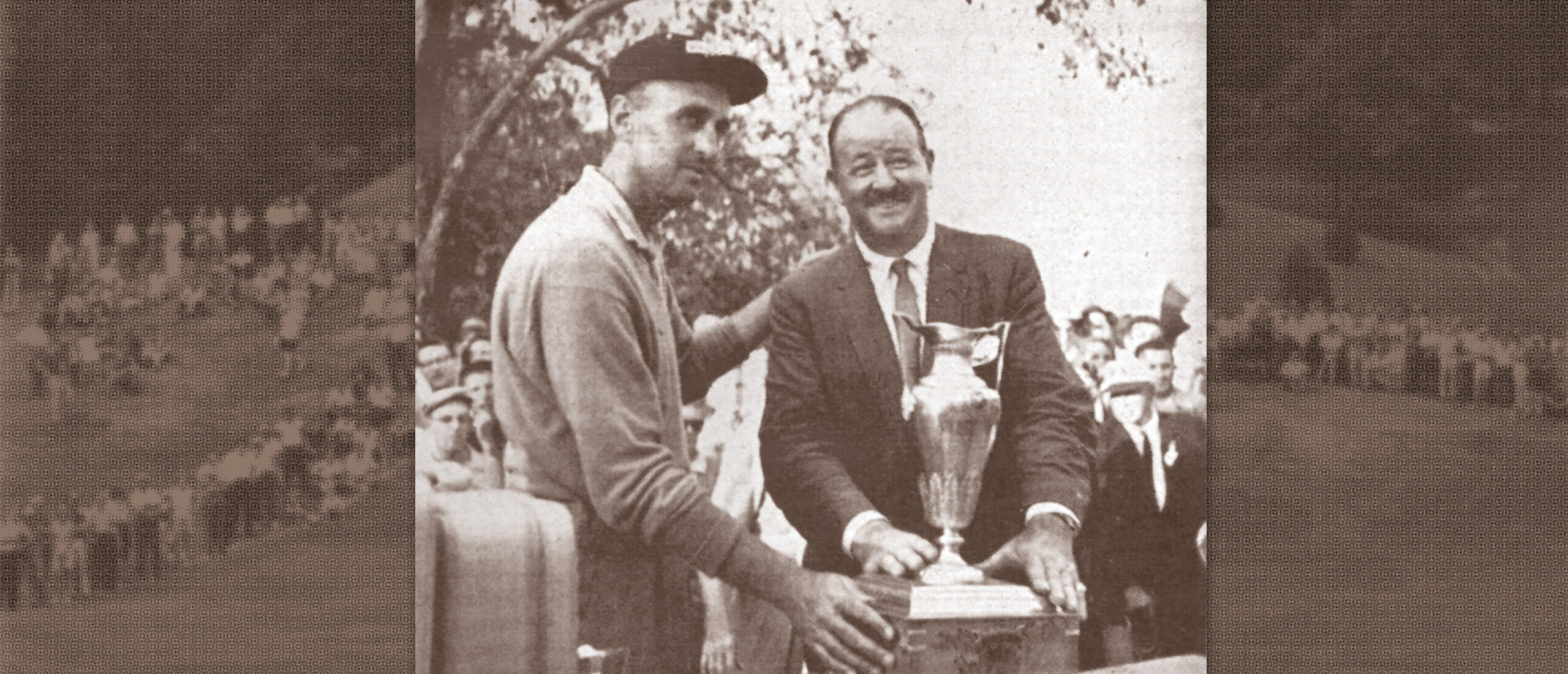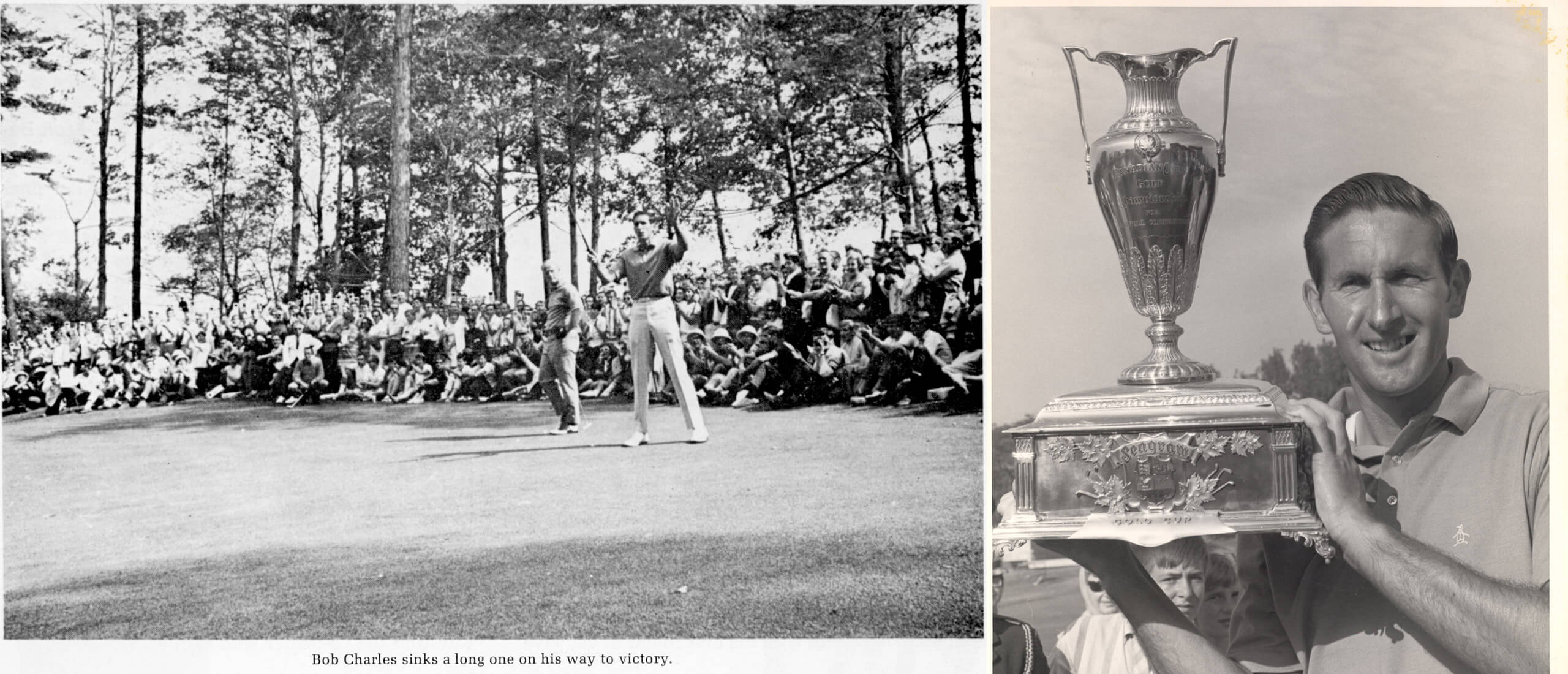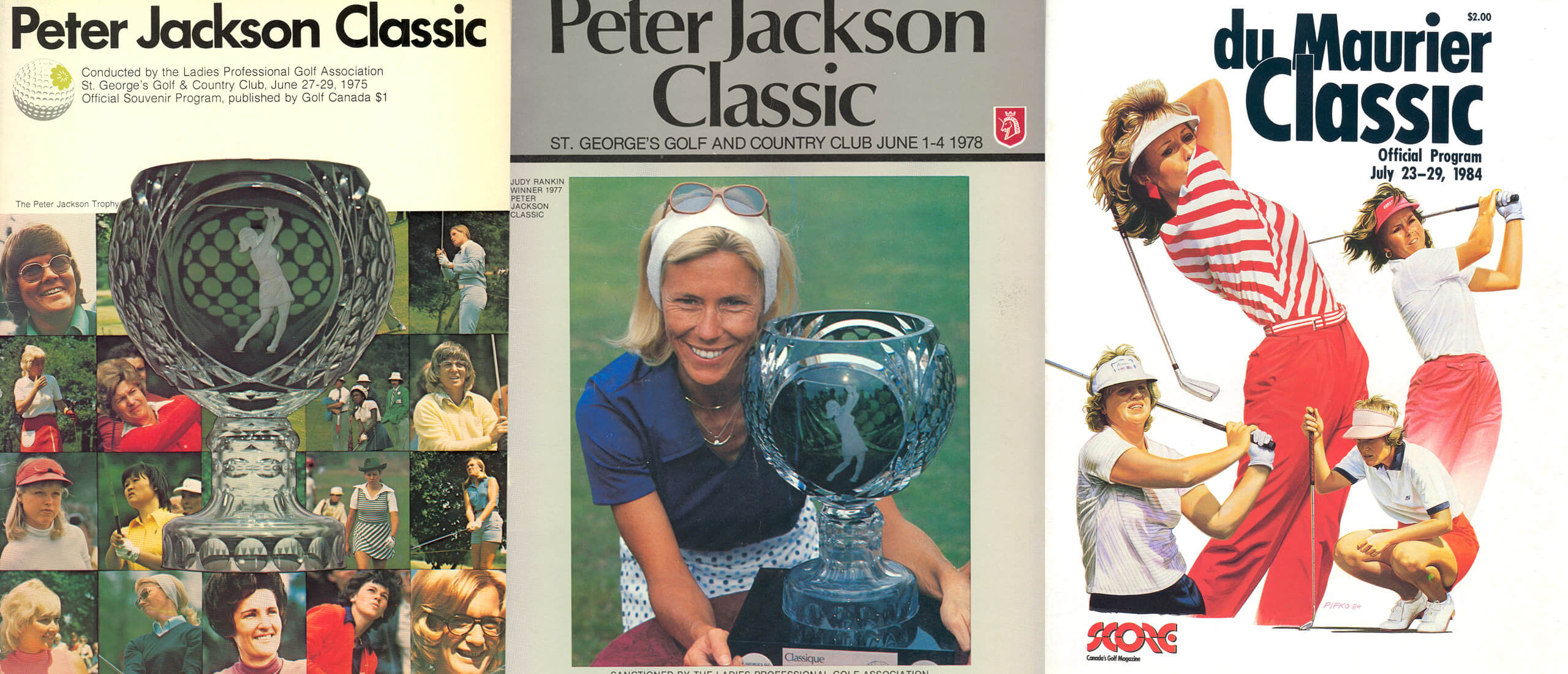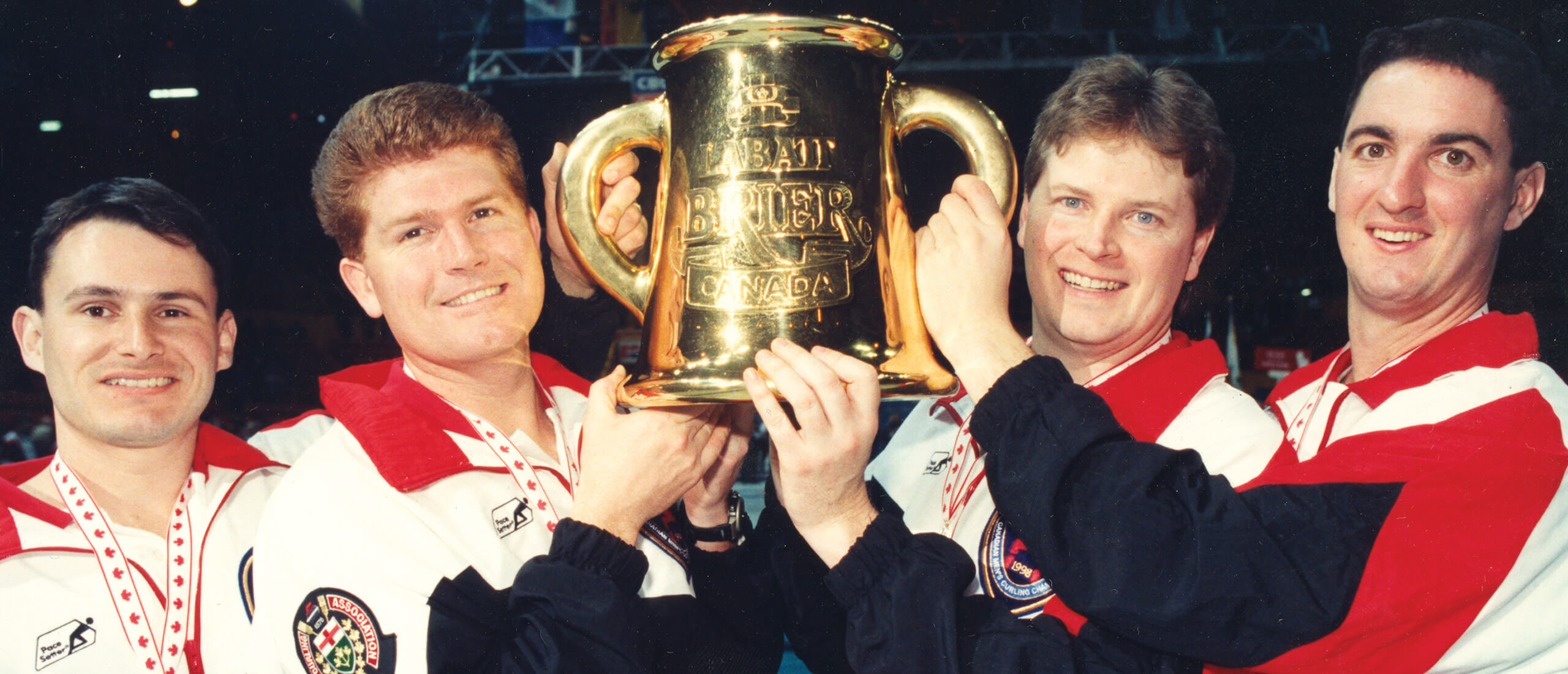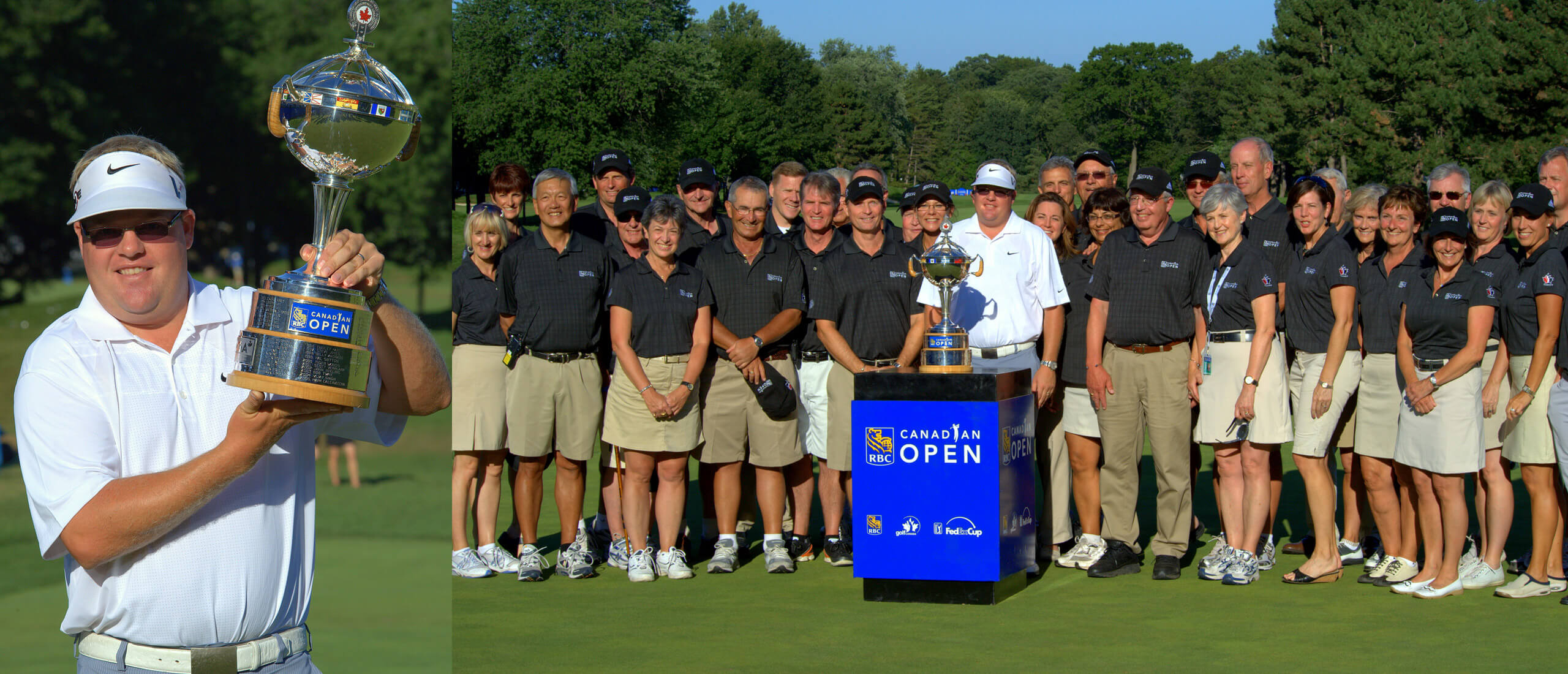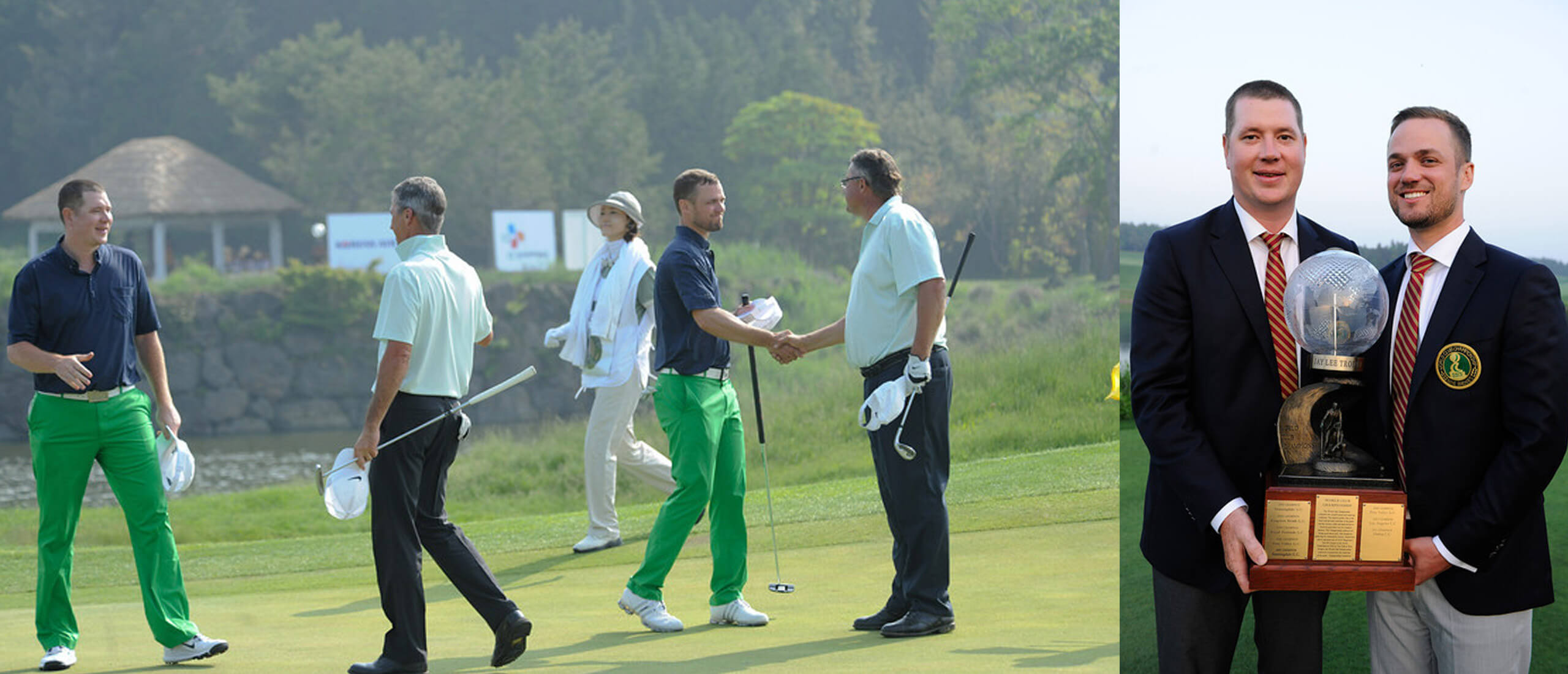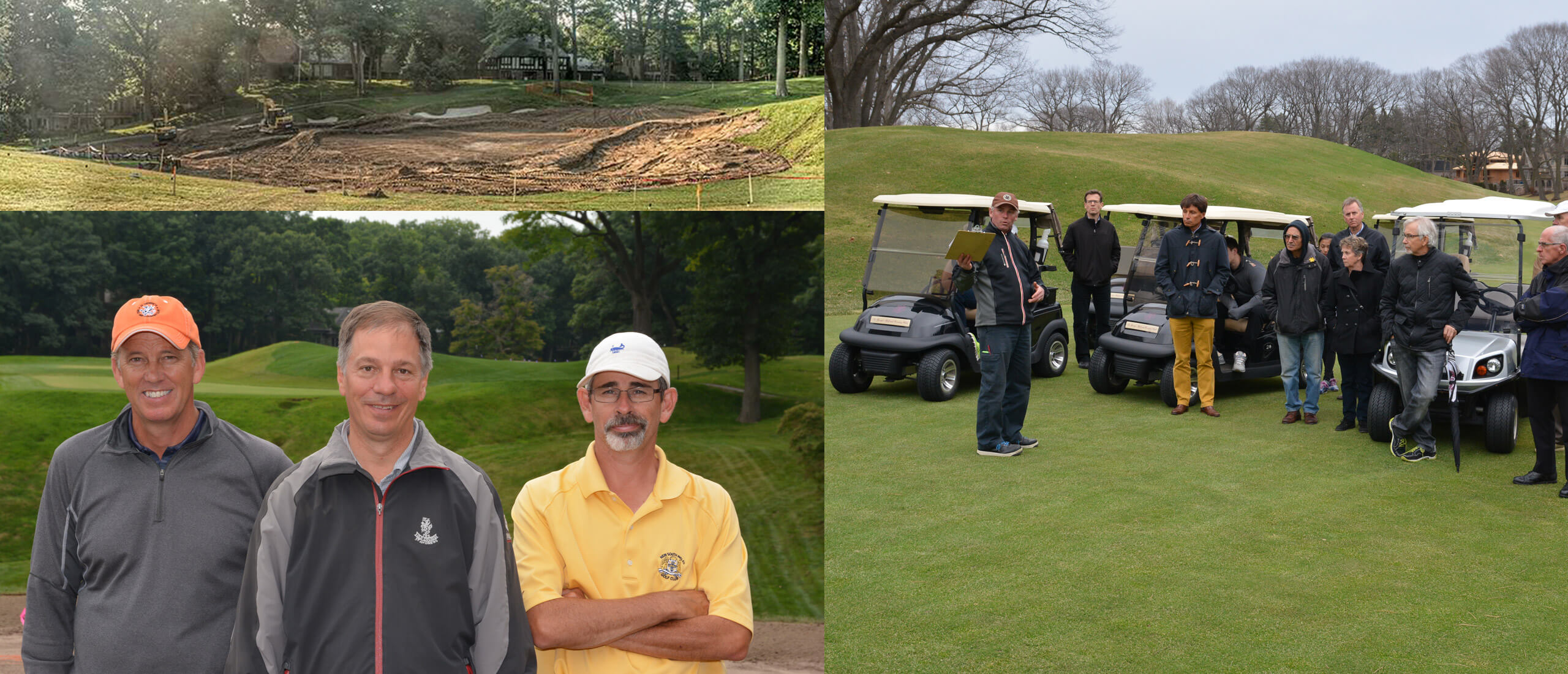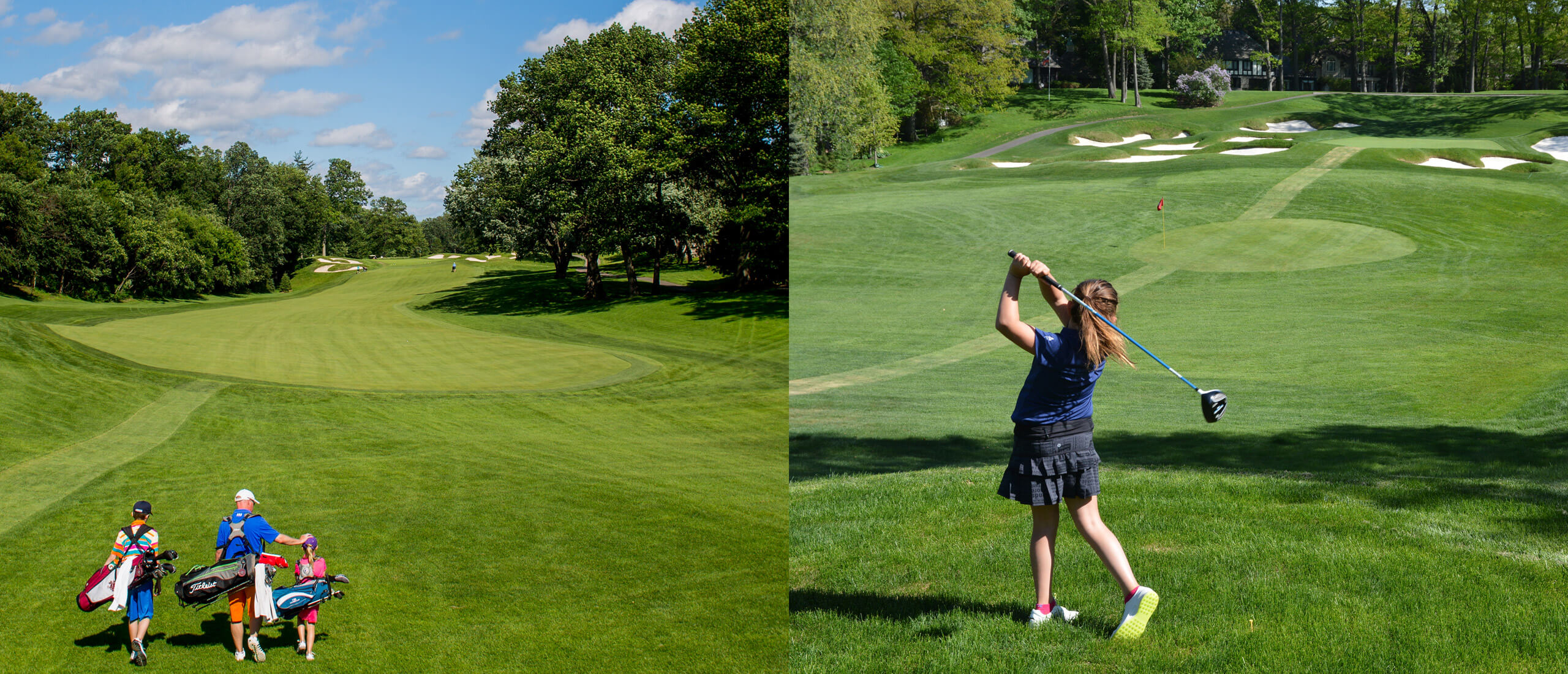Did You Know?
In 2017, the St. George’s wine list, received a 3-star rating by The World of Fine Wines
When the clubhouse first opened in 1930, it featured 28 bedrooms with rates listed at $3 overnight, $15 weekly and $40 monthly. In the 1930s, The Royal York Golf Club (St. George’s) was one of the very few clubhouses that remained open year-round.
The Club hosted the Canadian Open six times – in 1933, 1949, 1960, 1968, 2010 and most recently, 2022.
In April 2013, the Club unveiled a spectacular new men’s locker room, introduced a spacious indoor learning academy above it on the second level in the fall of 2013, as well as an archive area to hold our most precious treasures.
The Club was honoured to be ranked No. 30 in the world in the February 2014 issue of Golf Digest magazine.
The Club installed a new $1 million cedar shake roof on the clubhouse in the fall 2014, preserving the Club’s original look and feel and providing a seamless connection to the new Men’s Locker Room wing of the clubhouse.
In 2014, the Club went through an extensive greens reconstruction project led by architects Tom Doak & Ian Andrew. Through the process, original images and notes from the 1920s were referenced in order to replicate Stanley Thompson’s original greens profiles.
In 2015 our Sommelier was presented with the Award for Excellence in the diversity for wine list and food pairing by the International Wine and Food Society.
During summer 2015, the Club had a series of promotional videos produced. The use of drone technology captured dynamic aerial footage of the course, clubhouse and surrounding area – giving even our most long-standing members a new perspective on a club they’ve called home for so long.
In 2016 St. George’s Golf & Country Club retained its designation as a “Certified Audubon Cooperative Sanctuary” through the Audubon Cooperative Sanctuary Program for Golf Courses, an Audubon International program. Our Golf Course Superintendent led the effort to maintain sanctuary status on this course. St. George’s Golf & Country Club was designated as a Certified Audubon Cooperative Sanctuary in 2010 and is one of 997 courses in the world to currently be designated as such.
St. George’s was home to an active curling section from 1957-2020.
Graeme McCarrel, grew up as a golf and curling member at St. George’s. He and his family (Wally, Wilma, Hugh, Doug and Fran) were active members and competitors, bringing much pride to the St. Georges’ curling section.
St. George’s Hall-of-Famer, Fern Irwin, excelled at golf and curling with equal athleticism. Six-time winner of the Club’s ladies’ golf championship, she also led her St. George’s rink to several wins including the Ontario provincial title in 1962 and 1965.





